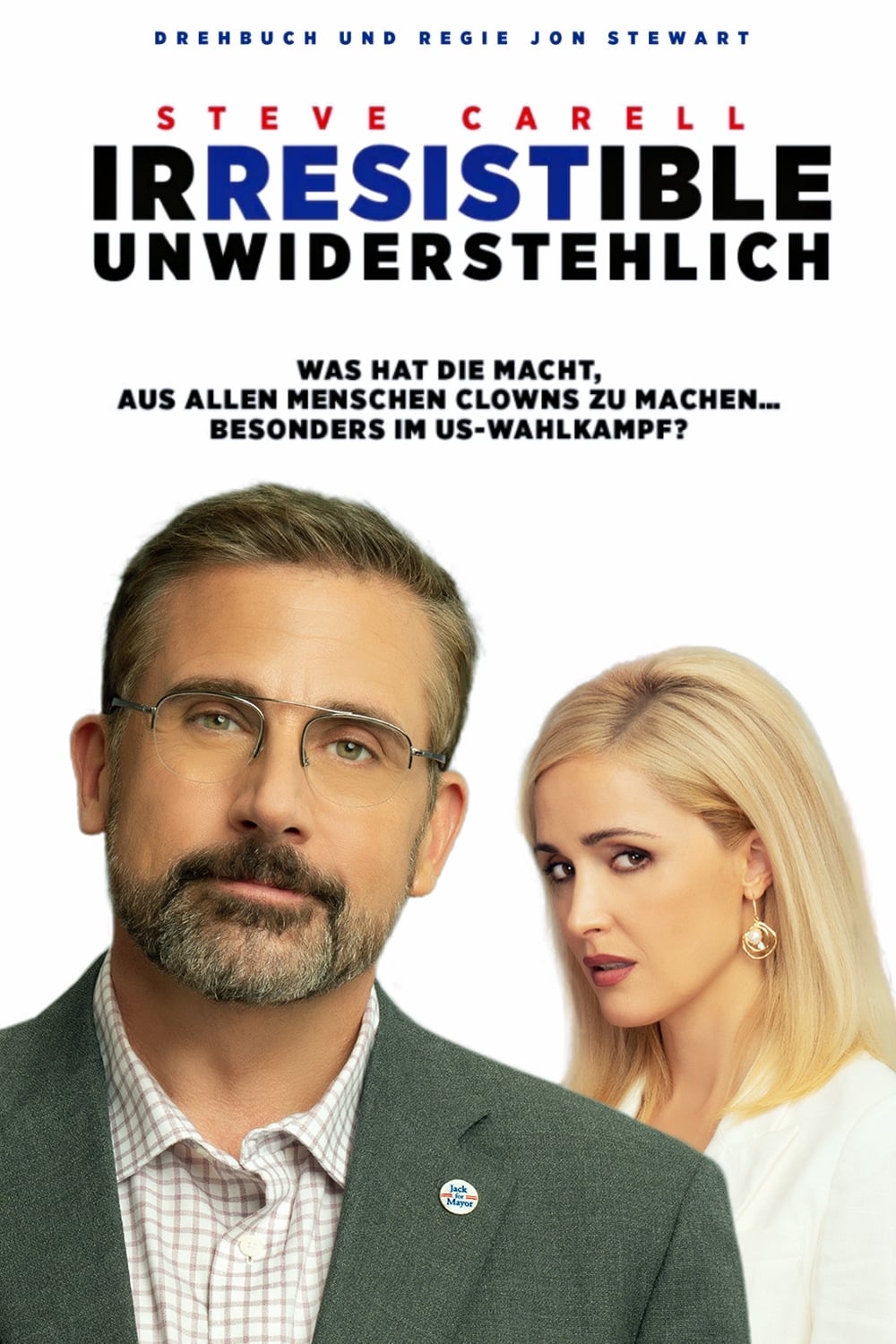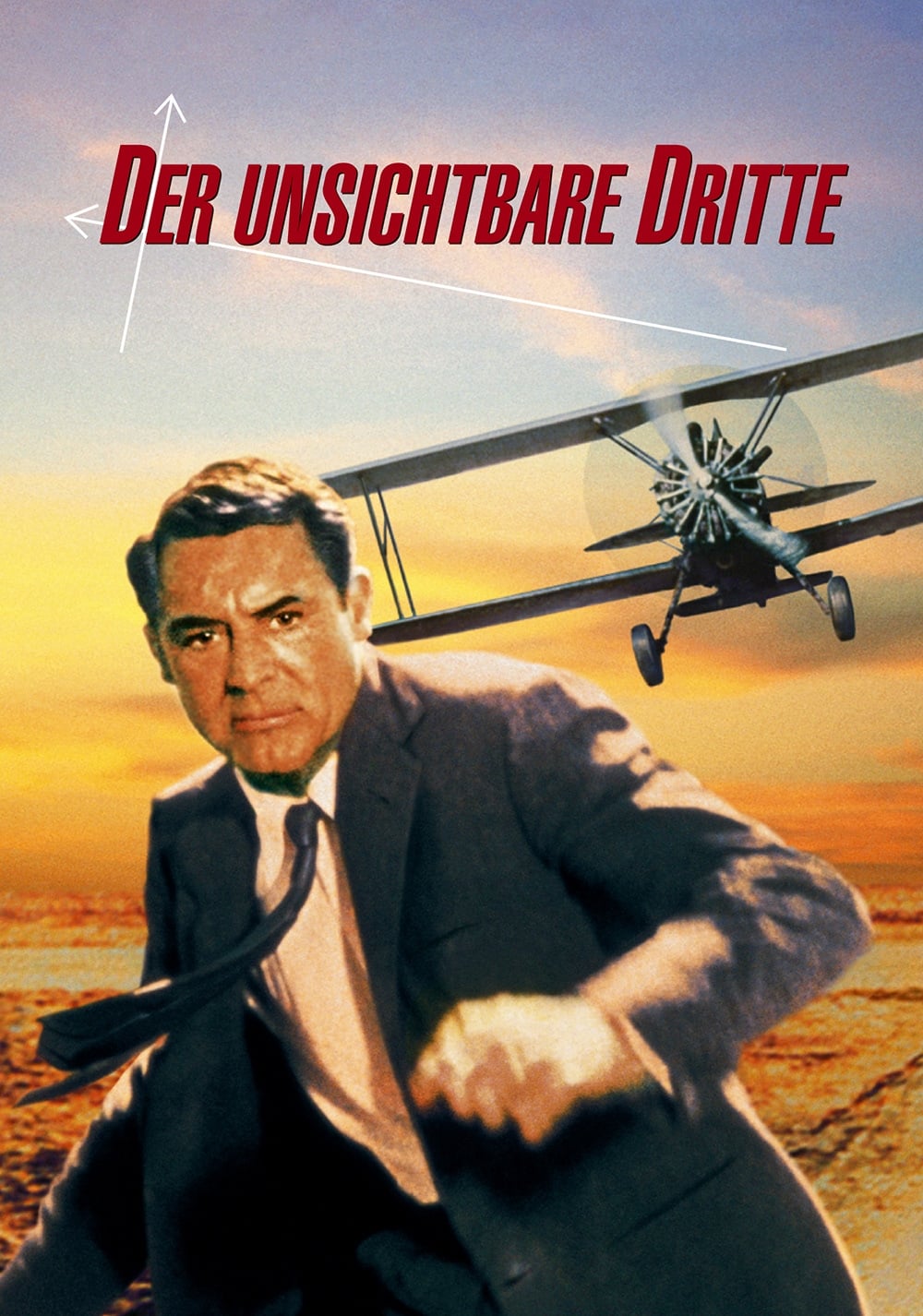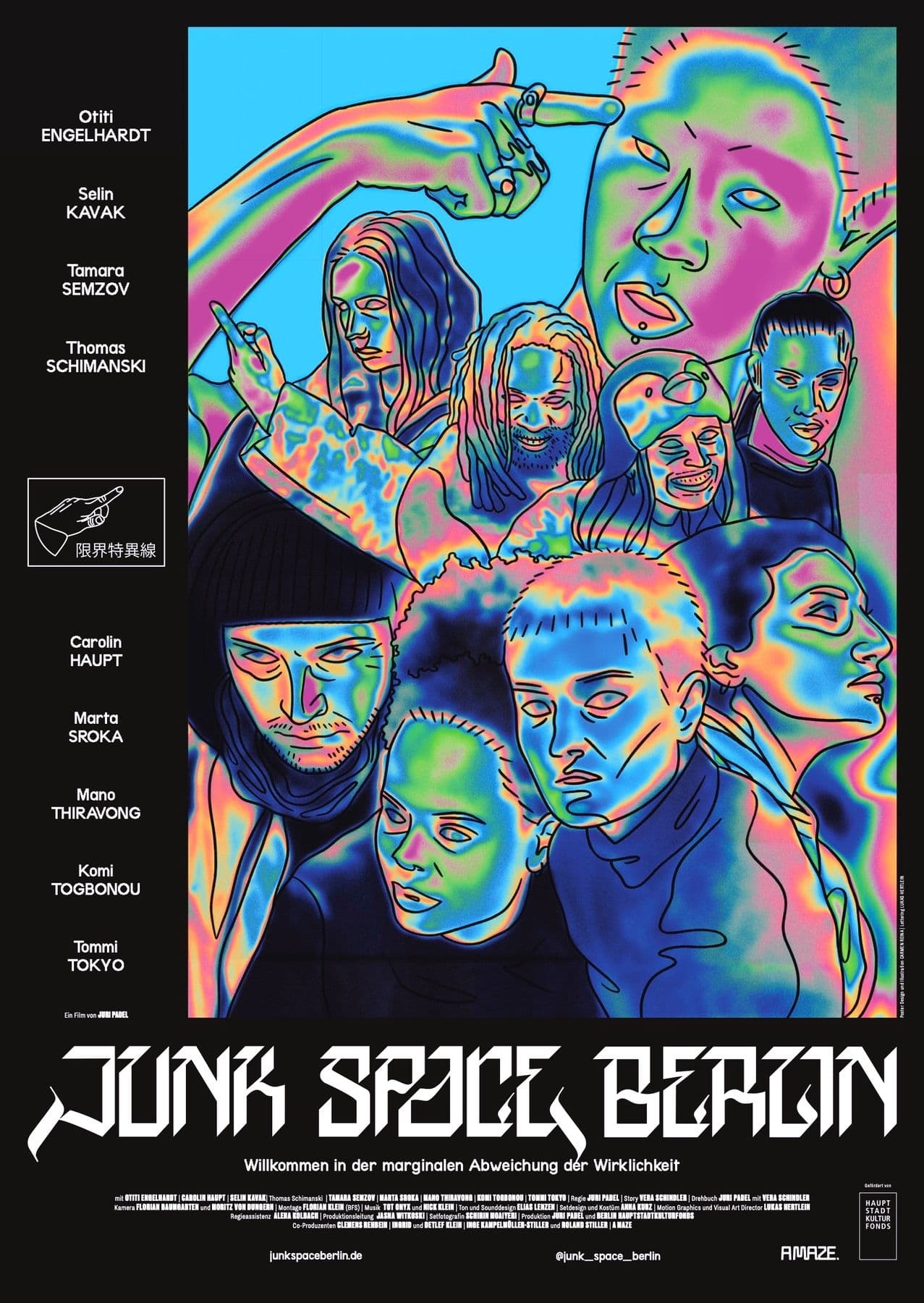
Erkki-Sven Tuur – Seventh Symphony; Piano Concerto – Laura Mikkola, hr-Sinfonieorchester, Paavo Jarvi (2014)
FLAC (tracks) 24 bit/44,1 kHz | Time – 01:02:30 minutes | 596 MB | Genre: Classical
Studio Masters, Official Digital Download – Source: Qobuz | Booklet, Front Cover | © ECM Records
Recorded: June 2009 at Alte Oper, Frankfurt and June 2010 at hr-Sendesaal, Frankfurt
The sixth ECM New Series album by Estonian composer Erkki-Sven Tüür presents two major works, commissioned by the Hessische Rundfunk and given their premieres by the Frankfurt Radio Symphony Orchestra. Both works are powered by what Tüür calls his “vectorial writing method”, a means of developing pieces from “a source code – a gene which, as it mutates and grows, connects the dots in the fabric of the whole composition”.
Tüür’s Seventh Symphony (2009), dedicated to the Dalai Lama “and his lifelong endeavours”, is a choral symphony like no other. It is a potent work in which the orchestra only intermittently frames and supports the voices. The texts that the NDR Choir sings include words of the Buddha from the Dhammapada but also utterances of more contemporary visionaries, from Gandhi to Mother Theresa.
The earlier Piano Concerto was premiered at the Alte Oper in Frankfurt, where this album was recorded. As Paul Griffiths notes, “The concerto is also music on two planes, now orchestra and piano, though this time both are continuous and continually in the process of meeting.” Finnish pianist Laura Mikkola gives an exceptional performance, responding to the surging waves of the orchestra and the inspired direction of Paavo Järvi.
The “vectorial” process, already reflected in works including Oxymoron, Strata and Noesis (all recorded on previous ECM albums), has led to a body of work quite distinct from Tüür’s earlier, discursive ‘metalinguistic’ music in which diverse idioms – from serialism to minimalism – were contrasted, interwoven, reconciled. Tüür’s 21st century music foregoes “unnecessary eclecticism”, and manifests instead an organic coherence. These are pieces of determined, individual temperament.
Tüür is a mix of seeming contradictions that ultimately make sense. He led a very popular rock band before devoting himself solely to “serious” composition. He is an extremely analytic, “constructionist” composer, yet his music transcends any cerebral roots to take flight in often impassioned rhetoric. The work can seem at times cacophonous and densely chromatic, yet simultaneously one feels a deep tonal substructure, which is all the more radiant when it is periodically revealed on or near the sonic surface. Both of these works partake of these qualities.
The 2006 Piano Concerto is unusual in that, while the piano has a fiercely demanding part, it’s not “virtuosic” in the traditionally showy sense. Rather, it is the spotlight portion of the surging texture of the work. With its rushing arpeggios that mimic the overtone series, it initiates gestures that spread out into the orchestra like ripples in a pool from a tossed stone. Manically repeated high notes ring like upper partials that anchor the bass, a reversal from traditional practice. Though the piece is in three movements, like much of Tüür’s music it flows continuously, without pause. One realizes one is in a new formal field after one is already there. The second movement seems the most obviously driven by overtone-based harmonic relations and progressions. The final movement, with its substantial drum-set part, seems directly related to the composer’s jazz-rock past.
The 2009 Symphony, however, is the major event here. It is an extremely risky work, a “choral” symphony using texts by the Buddha, Ghandi, St. Augustine, Deepak Chopra, Mother Teresa, and Jimi Hendrix. It’s also dedicated to the Dalai Llama. This sort of thing has the inherent risk of collapsing under good intentions and New Age-y delusions, but happily Tüür avoids the trap (at least for me). The choral parts tend to be periodic interjections, more texturally spare, pure, and consonant than the instrumental sections. They are all in English, and direct, unaffected, and sincere. Though nothing is explicitly Buddhist, other than the dedication and texts (and of course that’s a lot), I do hear some subtle evocations of Tibetan Buddhist instrumental music in the long low brass tones (sounding like dungchan horns), an insistent repeating bass drum, and upper woodwinds reminiscent of the keening sounds of Himalayan shawms. The music has another burst of rock energy in its third movement, and then in the fourth and final (almost as long as the other three combined) it opens up. But this doesn’t mean it becomes placid; rather it pushes to an ecstatic intensity that caught me by surprise with its willingness to push the envelope even further. The shock was pleasurable.
I find myself thinking of Carl Nielsen listening to this music, not because it resembles his music on the surface, but because of the wonderfully eclectic, wacky way it takes whatever it feels is needed to make its point, and the almost reckless energy with which it searches for that point. It’s something one finds repeatedly in a Nordic aesthetic. I am also warmed by the fact that so many Scandinavian and Baltic composers haven’t given up on the symphony (I mean the form itself, not the orchestra that is its medium). The idea of a vast architectural edifice that’s highly personal and visionary, yet which aspires simultaneously to project something universal and worthy to its varied listeners, is still a noble enterprise. Tüür is definitely one who wants to advance this cause.
Yes, great performances and sound, but by this point with ECM’s track record, otherwise would be a shock. Definitely Want List material. -Robert Carl, FANFARE
Tracklist:
Erkki-Sven Tüür (b.1959)
Piano Concerto (2006)
1. I. — 08:34
2. II. — 07:26
3. III. — 05:49
Symphony No. 7 ‘Pietas’ (2009)
4. I. — 07:08
5. II. — 08:22
6. III. — 05:15
7. IV. — 19:59
Personnel:
Laura Mikkola piano (#1-3)
Frankfurt Radio Symphony Orchestra
Paavo Järvi conductor
NDR Choir (#4-7)
Werner Has Hage choirmaster (#4-7)
Download:
mqs.link_TrSeventhSymphnyPianCncertLauraMikklahrSinfnierchesterPaavJrvi2014Qbuz2444.1.rar










![Itzhak Perlman - The Complete Warner Recordings 1972-1980 (2015) [FLAC 24bit/96kHz] Itzhak Perlman - The Complete Warner Recordings 1972-1980 (2015) [FLAC 24bit/96kHz]](https://getimg.link/images/imgimgimg/uploads/2019/12/IpmBmeR.jpg)
![Frankfurt Radio Symphony Orchestra, Paavo Järvi - Nielsen: The Complete Symphonies 1-6 (2015) [FLAC 24bit/44,1kHz] Frankfurt Radio Symphony Orchestra, Paavo Järvi - Nielsen: The Complete Symphonies 1-6 (2015) [FLAC 24bit/44,1kHz]](https://i0.wp.com/imghd.xyz/images/2022/03/19/0886445651034_600.jpg?resize=500%2C500&ssl=1)
![Estonian Festival Orchestra, Paavo Järvi - Estonian Premieres (2022) [FLAC 24bit/44,1kHz] Estonian Festival Orchestra, Paavo Järvi - Estonian Premieres (2022) [FLAC 24bit/44,1kHz]](https://imghd.xyz/images/2022/07/28/pa51kkety8m9b_600.jpg)
![Paavo Järvi - Ravel: Orchestral Works (2023) [FLAC 24bit/48kHz] Paavo Järvi - Ravel: Orchestral Works (2023) [FLAC 24bit/48kHz]](https://imghd.xyz/images/2023/05/12/l9jf848n0vt1a_600.jpg)
![Estonian Festival Orchestra, Paavo Järvi - Eduard Tubin: Kratt (2023) [FLAC 24bit/44,1kHz] Estonian Festival Orchestra, Paavo Järvi - Eduard Tubin: Kratt (2023) [FLAC 24bit/44,1kHz]](https://imghd.xyz/images/2023/07/27/x1nfa07oirwqc_600.jpg)
![Paavo Järvi - Mussorgsky: Pictures at an Exhibition & A Night at Bald Mountain (2020) [FLAC 24bit/96kHz] Paavo Järvi - Mussorgsky: Pictures at an Exhibition & A Night at Bald Mountain (2020) [FLAC 24bit/96kHz]](https://i0.wp.com/imghd.xyz/images/2022/03/02/m5vk7tqzkdusb_600.jpg?resize=500%2C500&ssl=1)
![Various Artists - The Nordic Sound - 2L audiophile reference recordings (2009) [Blu-Ray Pure Audio Disc] Various Artists - The Nordic Sound - 2L audiophile reference recordings (2009) [Blu-Ray Pure Audio Disc]](https://getimg.link/images/imgimgimg/uploads/2015/12/L2WxB8c.jpg)
![Paavo Järvi - SIBELIUS: SYMPHONIES 3, 6 & 7 (2022) [FLAC 24bit/96kHz] Paavo Järvi - SIBELIUS: SYMPHONIES 3, 6 & 7 (2022) [FLAC 24bit/96kHz]](https://imghd.xyz/images/2023/02/01/jmf3ul1y7wvab_600.jpg)
![Paavo Järvi - Bartok: Concerto for Orchestra / The Miraculous Mandarin Suite (2023) [FLAC 24bit/96kHz] Paavo Järvi - Bartok: Concerto for Orchestra / The Miraculous Mandarin Suite (2023) [FLAC 24bit/96kHz]](https://imghd.xyz/images/2023/05/12/hvmuiabgq90jb_600.jpg)
![Laura Mikkola - Svein Hundsnes - Piano Works (2021) [FLAC 24bit/96kHz] Laura Mikkola - Svein Hundsnes - Piano Works (2021) [FLAC 24bit/96kHz]](https://i.postimg.cc/tRxXfv6Y/0083f097.jpg)
![Paavo Järvi - Richard Strauss: Don Quixote | Till Eulenspiegels lustige Streiche | Der Rosenkavalier Suite (2020) [FLAC 24bit/96kHz] Paavo Järvi - Richard Strauss: Don Quixote | Till Eulenspiegels lustige Streiche | Der Rosenkavalier Suite (2020) [FLAC 24bit/96kHz]](https://i0.wp.com/imghd.xyz/images/2022/03/14/po9z9cpg5y7qb_600.jpg?resize=500%2C500&ssl=1)
![Paavo Järvi - SIBELIUS: SYMPHONIES 1 & 4 (2022) [FLAC 24bit/96kHz] Paavo Järvi - SIBELIUS: SYMPHONIES 1 & 4 (2022) [FLAC 24bit/96kHz]](https://imghd.xyz/images/2023/02/01/p7iva0u7dbvkc_600.jpg)
![Paavo Järvi - SIBELIUS: SYMPHONIES 2 & 5 (2022) [FLAC 24bit/96kHz] Paavo Järvi - SIBELIUS: SYMPHONIES 2 & 5 (2022) [FLAC 24bit/96kHz]](https://imghd.xyz/images/2023/02/01/tjc2f2daz0wmb_600.jpg)
![Frankfurt Radio Symphony, Paavo Jarvi - Franz Schmidt - Complete Symphonies (2020) [FLAC 24bit/48kHz] Frankfurt Radio Symphony, Paavo Jarvi - Franz Schmidt - Complete Symphonies (2020) [FLAC 24bit/48kHz]](https://getimg.link/images/imgimgimg/uploads/2020/11/lJxJw7j.jpg)
![Zuzana Ruzickova - J.S. Bach: The Complete Keyboard Works (2016) [FLAC 24bit/96kHz] Zuzana Ruzickova - J.S. Bach: The Complete Keyboard Works (2016) [FLAC 24bit/96kHz]](https://getimg.link/images/imgimgimg/uploads/2018/09/r94XYtX.jpg)